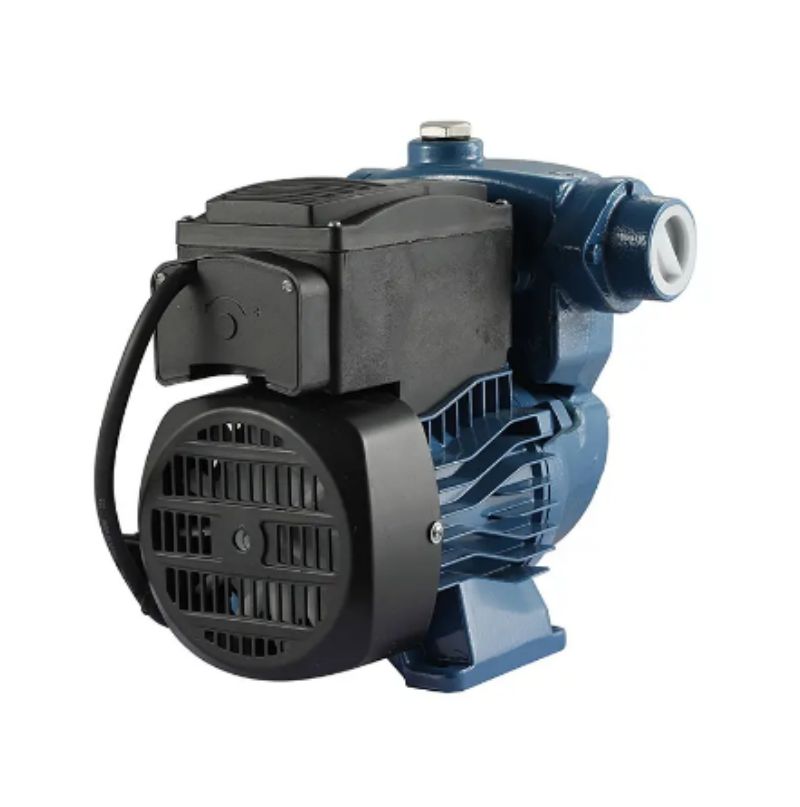Innovation has always been the driving force behind improvements in various fields, and the water pump industry is no exception. With the advancement of technology, peripheral water pumps have undergone significant innovations, resulting in enhanced efficiency and durability. These innovations have not only benefited consumers but also contributed to sustainable water management practices. In this article, we will explore the latest innovations in peripheral water pumps and how they are positively impacting the industry.
One of the key innovations in peripheral water pumps is the integration of variable speed drives (VSD) or frequency converters. Traditionally, peripheral water pumps operated at a fixed speed, resulting in energy wastage and unnecessary wear and tear. However, with the addition of VSD, peripheral water pumps can now vary their speed according to the demand, ensuring that the pump operates at the most efficient level. This innovation has significantly reduced energy consumption and subsequently lowered electricity bills for users. Moreover, by minimizing the strain on the pump, VSD has prolonged the pump’s lifespan, reducing maintenance and replacement costs.

Furthermore, an innovative feature called overload protection has been incorporated into peripheral water pumps. Overload protection prevents the pump from overheating or burning out due to excessive usage or foreign objects blocking the flow. In the past, such incidents would often result in costly repairs or replacements. However, with the implementation of overload protection technology, peripheral water pumps can automatically shut down when excessive strain is detected, preventing irreparable damage. This feature not only saves money for users but also ensures continuous water supply in critical applications such as industrial processes or agricultural irrigation.
Additionally, advancements in materials used in peripheral water pump construction have greatly enhanced their durability. Traditionally, pumps were predominantly made from cast iron, which was prone to corrosion and rust. However, with the introduction of corrosion-resistant materials such as stainless steel and composite alloys, peripheral water pumps now boast a longer lifespan, even in challenging environments. These materials not only resist corrosion but also maintain their structural integrity, resulting in improved efficiency and reduced maintenance requirements. This innovation has made peripheral water pumps more reliable, even in harsh conditions commonly found in agriculture or construction sites.
Moreover, digital innovations have revolutionized the monitoring and control of peripheral water pumps. With the integration of smart technology, water pump systems can be remotely managed and monitored through applications or centralized control systems. This allows users to conveniently monitor pump performance, troubleshoot issues, and adjust settings from anywhere via any smart device. Such digital connectivity enables real-time optimization of pump operation, resulting in improved energy efficiency and reduced downtime. Additionally, early detection of potential malfunctions or irregularities through smart systems enables timely maintenance, preventing costly breakdowns and ensuring uninterrupted water supply.
In conclusion, the innovations in peripheral water pumps have significantly enhanced their efficiency and durability. The integration of variable speed drives, overload protection, corrosion-resistant materials, and smart technology has revolutionized the industry by reducing energy consumption, minimizing maintenance costs, and ensuring continuous water supply. These innovations not only benefit consumers but also contribute to sustainable water management practices. As the demand for water pumps continues to grow, further advancements in technology are expected, promising even greater efficiency and durability in the future.
Post time: Nov-09-2023